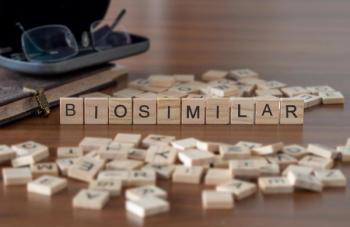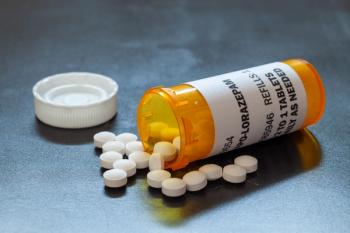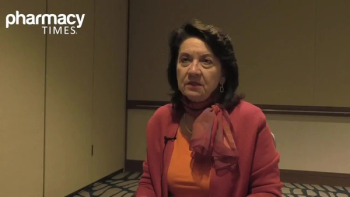
Patients Treated for Opioid Overdose Rarely Prescribed Naloxone, Buprenorphine
Study suggests that emergency physicians prescribe naloxone to patients who overdose.
Fewer than 10% of patients treated for opioid overdoses are prescribed either naloxone or buprenorphine within 30 days following visits to emergency departments (ED) in the United States, according to a study published in Annals of Emergency Medicine.
Analyzing data from approximately 149,000 ED visits for opioid overdose before and during the COVID-19 pandemic, the investigators found that only 7.4% of patients received a prescription for naloxone and the prescription rate for buprenorphine was 8.5%.
Naloxone is designed to restore normal breathing during an overdose. According to the investigators, it is increasingly available for free from pharmacies and other locations. Buprenorphine is itself an opioid, but it is designed to block the action of other opioid drugs, including prescription medications, heroin, and fentanyl. The medication is intended to assist individuals in overcoming opioid addiction without causing a high on its own.
“In light of the record levels of opioid overdose deaths, the low levels of naloxone and buprenorphine prescribing are simply unacceptable,” said Kao-Ping Chua, MD, PhD, lead author of the study and assistant professor of pediatrics at Michigan Medicine, in a press release. “Clinicians are missing critical opportunities to save lives both in the emergency department and during follow-up after overdose visits.”
The investigators compared these prescription rates to patients treated for anaphylaxis at EDs. Close to 50% of these patients are prescribed an emergency epinephrine device, such as an EpiPen, within 30 days of their visit.
“The same standard we use in caring for patients after anaphylaxis and preparing them with a potentially life-saving prescription should also be applied to patients after an opioid overdose,” said Keith Kocher, MD, MPH, senior author of the paper and associate professor of emergency medicine at Michigan Medicine, in the release. “There are several points of intervention along a path to reducing potential harm after an overdose. The emergency department has a role to play, as do providers in the outpatient setting. These may not always be the same solutions in every setting or community, but the bottom line is that we need to do better.”
The risk that patients who survive an opioid overdose will eventually die from another overdose is high, according to the investigators. Studies suggest that 1.1% of patients treated for opioid overdose die within 1 month and 5.5% die within 1 year. The study authors recommend that emergency physicians prescribe naloxone to patients who overdose, and health systems should encourage that prescribing, though they recognize there is a remaining stigma surrounding the overdose reversal agent.
“There are some clinicians who think that prescribing naloxone encourages patients to engage in risky behaviors, increasing their risk of overdose again,” Chua said in the release. “But there’s not a lot of evidence that this occurs.”
REFERENCE
Less than 10% of opioid overdose patients are prescribed potentially lifesaving medications after emergency treatment [news release]. EurekAlert; November 23, 2021. Accessed November 24, 2021.
Newsletter
Stay informed on drug updates, treatment guidelines, and pharmacy practice trends—subscribe to Pharmacy Times for weekly clinical insights.

















































































































































































































